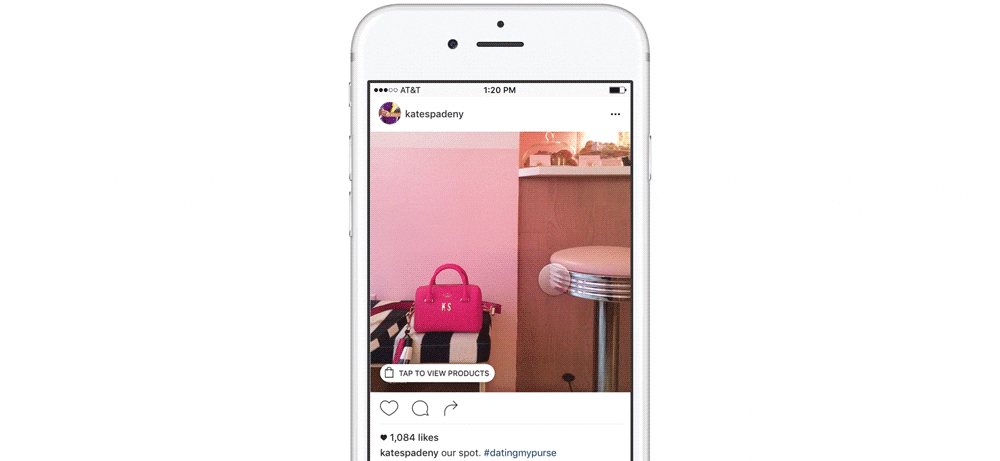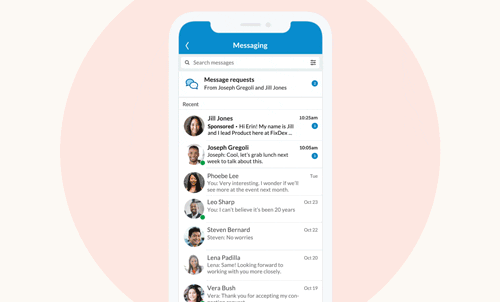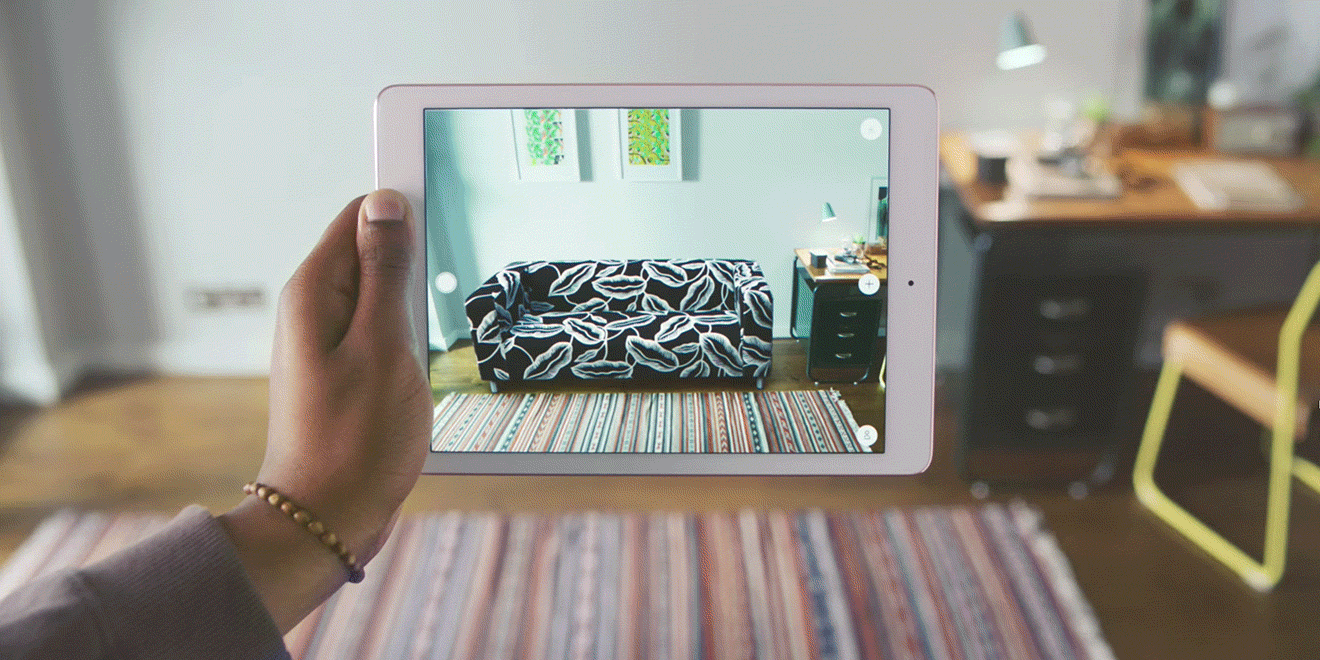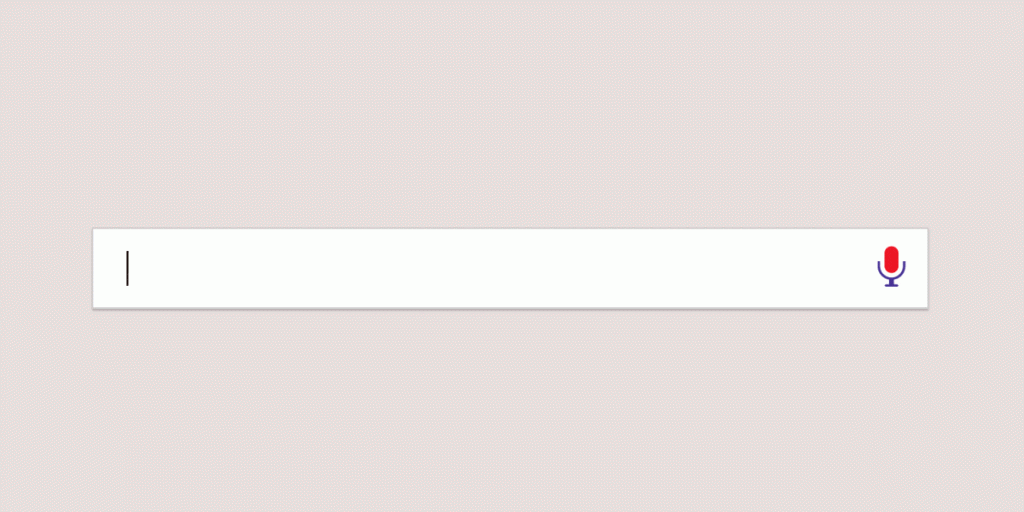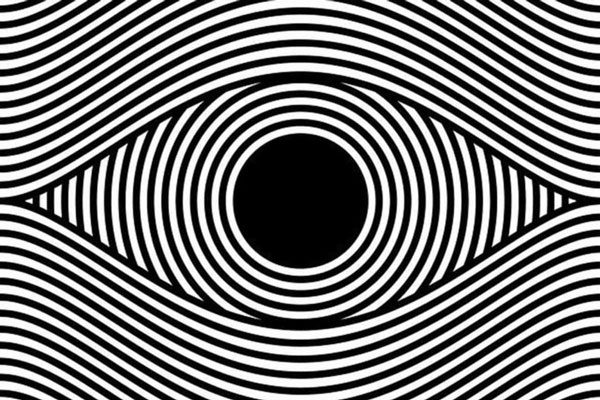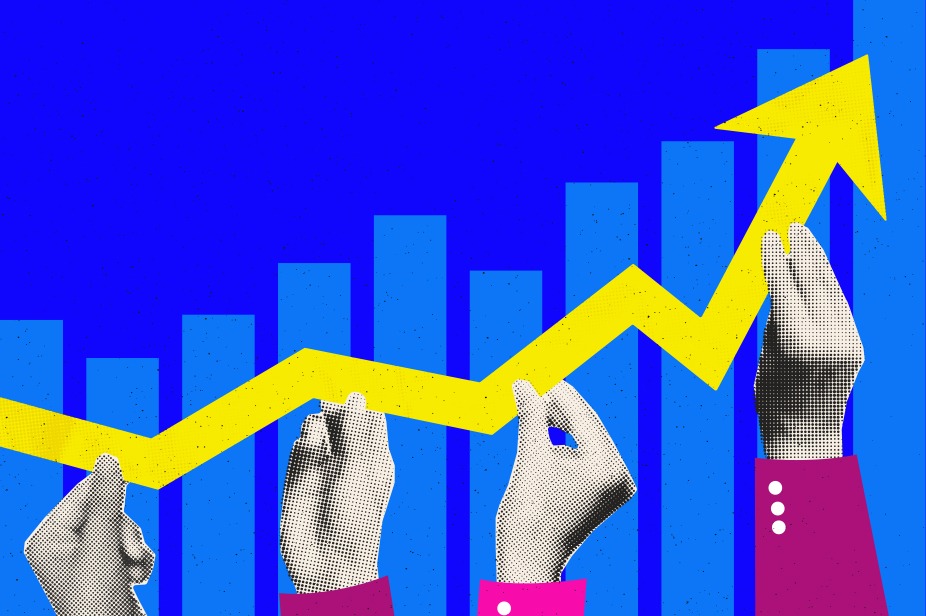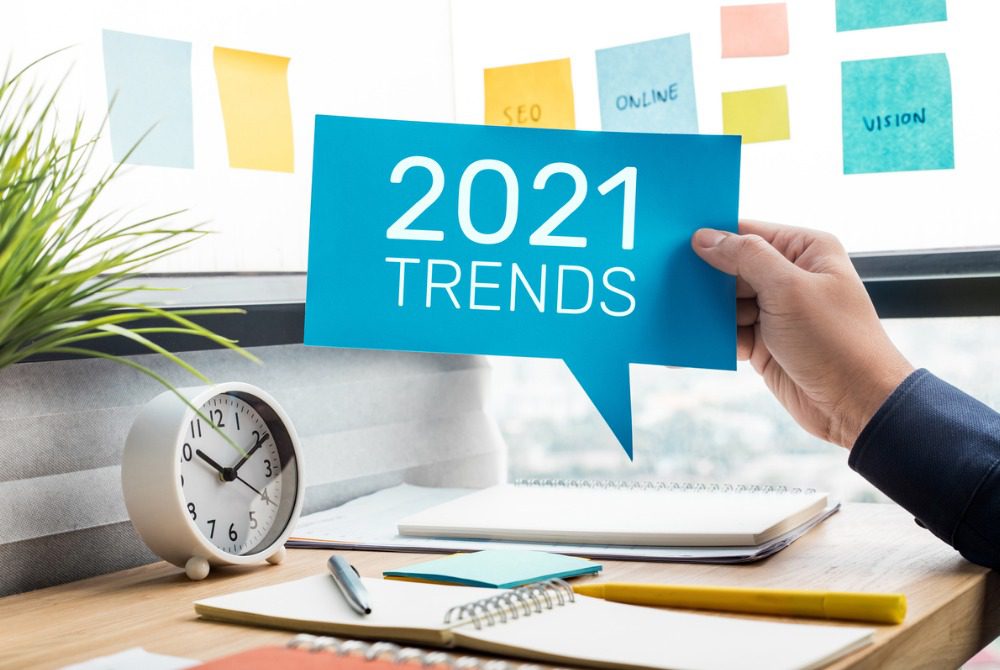
It’s 2020: Tik Tok is ruling the social media world; it’s not uncommon to see a Tesla cruise by you on the highway; and Zoom is now part of your regular vocabulary. Seems scary to be making predictions for 2021 after the unparalleled year that was 2020, but as we have all learned, agility is the key to embracing the future and setting your brand up for success.
Here are 10 unique marketing trends from our franchise advertising experts that will make your brand stand out in a sea of Tik Tok dances and fuel your growth initiatives in the upcoming year.
Video
By 2022, videos will make up more than 82% of all consumer internet traffic – that is 15 times higher than it was in 2017! Why? Short videos are a way to tell the consumer exactly what they want to know without having to dive into the rabbit hole of Google in a fraction of the time. Popular video content includes: interviews, vlogs (video blogs), tutorials, demos, success stories and live streaming. If you have been wondering whether you should invest in video marketing, the answer is YES!
Social Commerce
Another way of saying social media shopping is a new way companies have been selling products directly to its consumers. Platforms such as Instagram, Facebook, Tik Tok, Pinterest and more have added an eCommerce “department” as a one-stop-shop for consumers. 70% of shopping enthusiasts turn to Instagram for product discovery. So, offering your products or services directly on the place where consumers come to research your brand is a no-brainer in 2021.
Chatbots
Remember the days when you could walk into a store, speak to an employee and interrogate them with questions you had related to a product you wanted to buy? Ah yes, the good old days of pre-pandemic customer service. As technology advances and buying habits evolve, consumers who shop and research online expect the same level of service as if they were speaking to someone in person. In addition, industries that have been earlier adaptors to the utilization of chat bots have seen major financial rewards. A recent study from Juniper Research has found that the operational cost savings from using chatbots in banking will reach $7.3 billion globally by 2023, up from an estimated $209 million in 2019.
Interested in learning more about trends in the conversational AI market?, check out this LinkedIn pulse to read more stats!
Conversational Marketing
Let’s start with the basics, what is conversational marketing? Like a chat box, conversational marketing is the ability to use AI to have personalized one-on-one conversations with your consumers; but in this case, it’s usually over a messaging app, like Facebook Messenger, as opposed to your website. Think of this as chatting with your customer the same way you would send a text message to a friend. Now that we know what it is, let’s talk about why it’s important. According to testing completed by Automat:
- Conversational Marketing averages a 54% read rate compared to email’s 16% read rate.
- Conversational Marketing averages a 26% response rate compared to email’s 3% response rate.
- Conversational Marketing averages 11 messages sent for a total of 9 minutes of engagement compared to email, which gets 4 page views and 3 minutes of engagement.
When thinking about your digital marketing touchpoints in 2021, consider going in a more personal direction and sending them messages, as this not only allows you to better interpret what’s most important to them, but helps your brand stand out from competitors.
Augmented Reality (AR) Shopping
Technology inspired by gamers, augmented reality shopping has propelled its way into a variety of industries thanks to the pandemic. AR provides a more immersive shopping experience for your customer—from interactive mirrors to navigation inside the store—brands are already transforming the way we try, buy and use products. Previewing furniture inside your home or virtually trying on clothes. Once a nice-to-have, the pandemic has made AR an essential technology for retailers. A recent study indicates interactions with products having AR content showed a 94% higher conversion rate than products without.
Voice Search
More than half of households (55%) are predicted to own a smart speaker (e.g., Amazon’s Alexa, Google Home, Apple HomePod, etc.) by 2022, and more than half of all smartphone users will engage with voice technology on their mobile device, making voice search a fast-approaching staple in the marketing mix. Voice search is unique in that you have a direct interaction with Google to trigger a web search and get a relevant answer. Optimizing for voice search will be a focal point for SEO strategy in 2021. Marketers will start to optimize their websites with voice SEO in mind from using conversational language with direct answers to questions, creating compelling persona-based content and providing Google with in-depth information using schema to market content.
Consumer Loyalty with Purpose
When the pandemic hit, companies were forced to change how they marketed services, distributed products and took care of remote teams—almost overnight. And, when the racial inequality protests began, many brands took a stance on issues like racial inequality. In a survey conducted by Deloitte, 79% of consumers recall certain brands responding to Covid-19 by helping their customers, workforces and communities. Today’s consumer is acutely aware and enlightened by these events and expects (and will reward) brands to make more of an effort to clean up business practices. More brands will adjust messaging to appeal to this newly enlightened consumer who cares deeply about a company’s purpose and commitment to social and environmental sustainability.
Delivering Hope
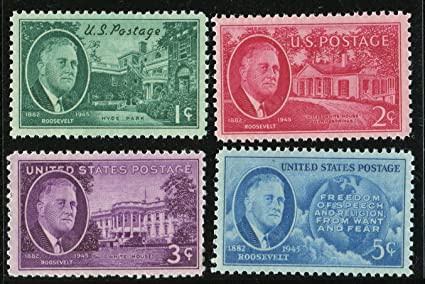
How can color help us heal from the effects of global pandemic? Color played a large role in uplifting the country during the Great Depression. Franklin D. Roosevelt used stamps in happy pastel shades of pink, green, blue and purple to communicate with Americans messages of hope, optimism and solidity of the federal government. This inspired the next two decades of artisans, merchants, home goods, interior design, automobile colors and yes, fashion, just to name a few.
As we pivot from 2020, Pantone, the leading expert in end-to-end color management solutions used by more than 10 million designers and producers around the world, announced the 2021 color of the year.
“A marriage of color conveying a message of strength and hopefulness that is both enduring and uplifting.”
The color of 2021, such a pivotal year that just one color wasn’t enough. Pantone is pairing PANTONE 17-5104 Ultimate Gray + PANTONE 13-0647 Illuminating, two very independent colors as key shades that will inspire hope and happiness as we need to feel that everything is going to be brighter and stable in the coming year. Together, these colors highlight our innate need to be seen, heard and recognized. “A combination of color whose ties to insight, innovation and intuition, and respect for wisdom, experience and intelligence inspires regeneration, pressing us forward toward new ways of thinking and concepts.”
Optical Illusion Design
2020 might feel like a blur. With much of the country and the world in lockdown, 2020 was the year of the retrospective and a yearning for emotional connection. Many brands responded with emotional anthems like Walmart’s “More of What Matters” 2020 Holiday campaign.
Then you might be asking, in 2021, how will we emotionally hold and keep your audience’s attention? Graphic Mams highlights several 2021 graphic design trends, but one really stood out to us. Number 4: Optical Illusion Design. This design approach offers intrigue as it teases your audience’s curiosity. If your brand has the idea of motion, movement or offers a bit of mystery, all the more to use it. Even if you just want to add a bit of wow factor, then bold optical illusion design is worth considering.
Digital is the Brand Experience

With many brand experiences moving from a combination of in-person and digital to predominantly digital in 2020, for 2021 we will continue to navigate our new normal. “Following widespread cuts to ad budgets earlier this year, a rebound is anticipated in 2021, with Zenith forecasting that ad spend will recover by 5.8% globally. Brands will no doubt continue to move their advertising and marketing spends from traditional media into the digital sphere, which is expected to account for 51% of 2020 ad spending,” reported Ad Week.
In 2021, pay attention to how social networks like YouTube, Facebook, Twitter and Instagram adapt to adding more features as they compete with emerging platforms like TikTok. With so many social apps, brands must be careful and clear eyed as to not burn brand authenticity for brand awareness. With more also comes less. Less manageable and less sustainable for creators to maintain their presence on TikTok, Triller, Instagram Reels and Snapchat. It can seem complex, but the digital sphere can feel less so when we keep it simple – attracting more people to your brand by connecting how you offer solutions.
Looking to get ahead of the trends? Contact us today to see how our team can elevate your brand.
